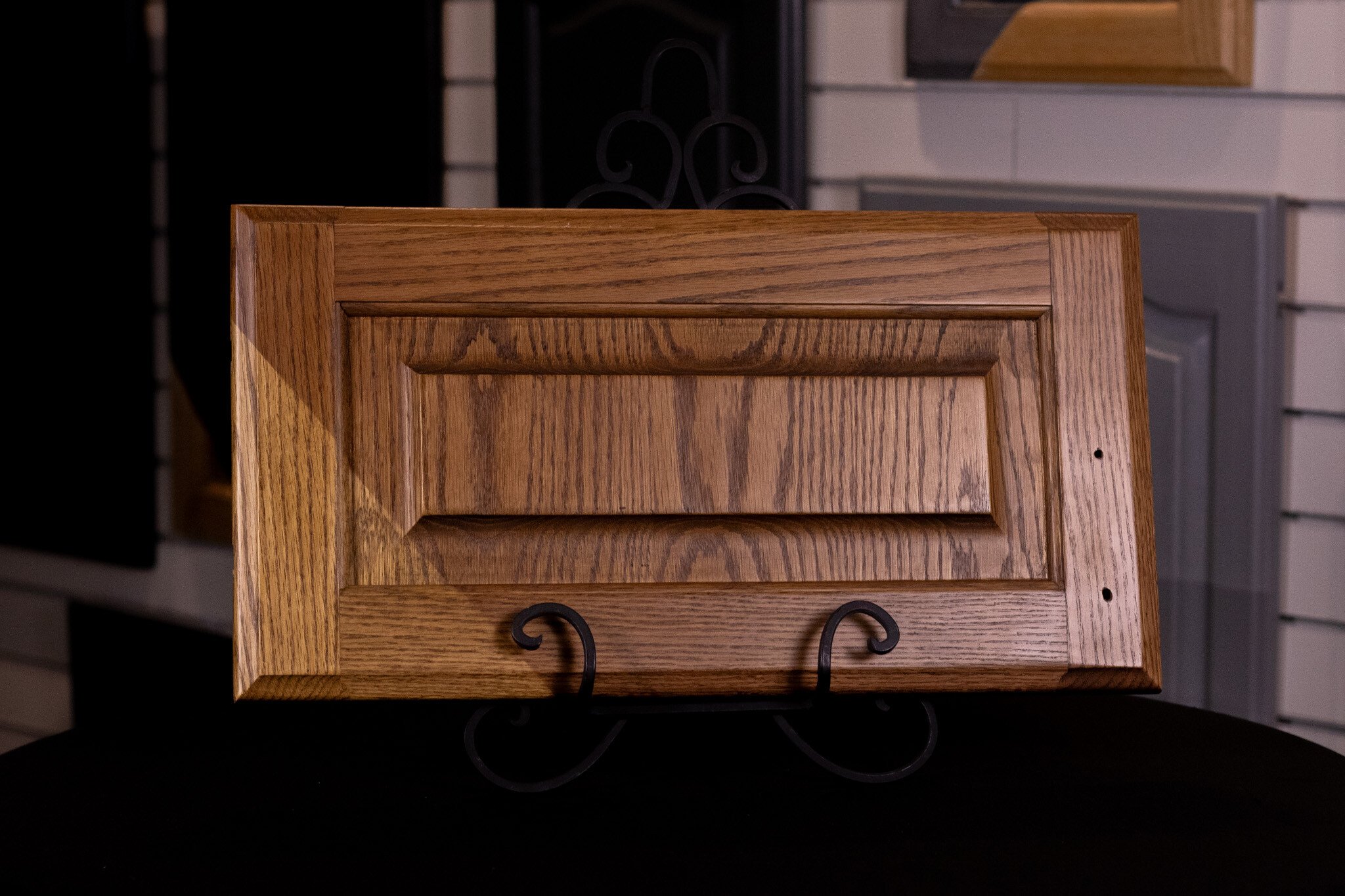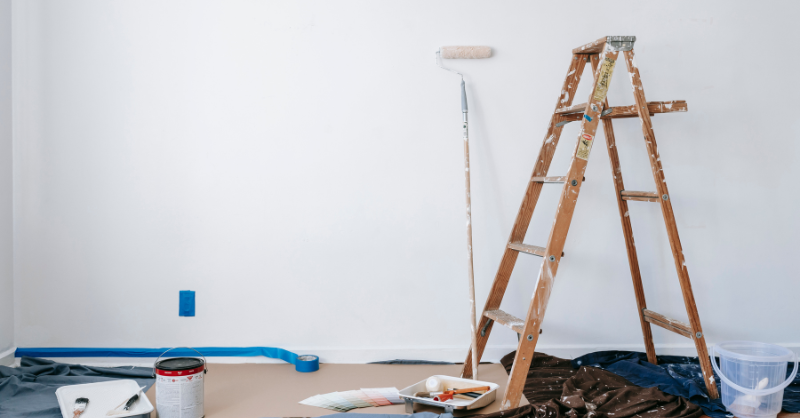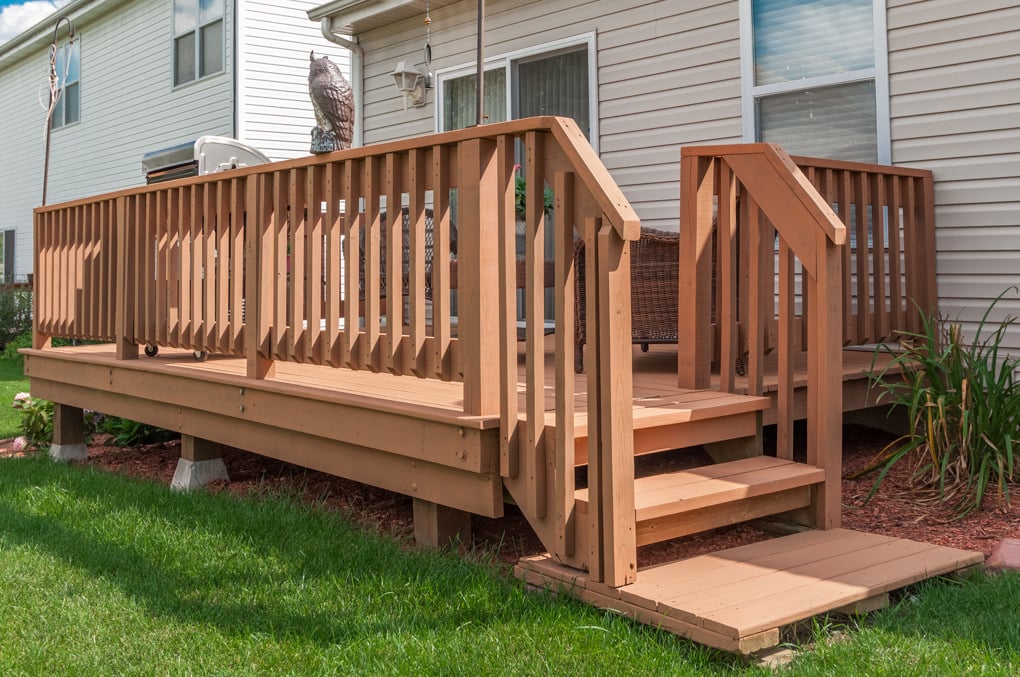Which Type of Stain Should You Choose for Your Fence?
May 9th, 2025
5 min read
-May-09-2025-01-18-49-5418-PM.png?width=800&height=418&name=Blog%20Post%20Image%20Size%20(1)-May-09-2025-01-18-49-5418-PM.png)
Your fence doesn’t just mark the edge of your yard—it protects your privacy, frames your landscaping, and adds curb appeal to your home. But if it’s looking dull, faded, or patchy, it might be dragging down the whole look of your property.
Maybe you’re wondering: Should I repaint it? Restain it? And if stain is the way to go, what kind? Solid? Semi-transparent? Oil-based? Water-based? It’s easy to feel stuck, especially when your fence is older or already has product on it.
At Brush & Roll Painting, we’ve been helping Omaha homeowners make smart decisions about their fences, decks, pergolas, and other exterior wood since 1996. We understand Nebraska’s weather—from the humidity of the summer to the bitter freeze in winter—and how that impacts stain durability. Our painters know what holds up, what flakes off, and what’s worth your money. And while we don’t push products, we do believe in educating homeowners so they can hire painters with confidence and know exactly what to ask for.
By the time you finish this article, you’ll understand the difference between solid stain, semi-transparent stain, and paint for fences. You’ll know when solid stain makes sense, when it doesn’t, and what to consider if your fence is older or previously painted. We’ll also answer common questions like, “Can you use a solid stain over a painted fence?” and help you weigh your options—whether you’re staining it yourself or hiring a professional painter.
Transparent or Clear Stain for Fences
Transparent stain, sometimes called clear wood finish, is the most natural-looking option. It adds almost no color to your wood and is mostly used to enhance and protect new wood while keeping it looking exactly like itself.
While it provides some UV and moisture protection, it offers the least pigment, so it doesn’t last as long as other stain types. Think of this as more of a short-term or maintenance-friendly option.
Features of transparent stain:
- No noticeable color or tint
- Leaves wood grain and color fully visible
- Mild UV protection (but less than pigmented stains)
- Easy to reapply or touch up
When to choose a transparent stain:
- Your fence is brand new and made from premium wood
- You want to keep the natural look of your wood for as long as possible
- You’re okay with reapplying every 1–2 years
- Your fence is shaded or not in full sun all day

Semi-Transparent Stains for Fences
A semi-transparent stain is a popular choice for homeowners who want to show off the natural beauty of their wood while still giving it a layer of protection.
This type of stain adds a hint of color but allows the grain and texture of the wood to shine through. It gives your fence a natural, rustic, or high-end look—especially if you’re working with nice cedar or redwood boards.
Features of semi-transparent stain:
- Slightly tinted—enhances wood’s natural look
- Shows wood grain and texture
- Soaks into the wood for great protection
- Fades slowly over time (rather than peeling)
- Easier to recoat without heavy prep work
When to choose a semi-transparent stain:
- Your fence is new or in great condition
- You like the wood’s natural color and grain
- You want a finish that weathers gently over time
- You’re okay with regular reapplication every few years
Solid Stain for Fence
Solid stain looks a lot like paint, but it acts more like a stain. It covers most of the wood grain and gives a rich, uniform color—perfect if your fence has some imperfections or age spots. But unlike paint, it soaks into the wood a bit, which means it’s less likely to peel or flake over time (when applied correctly).
Features of a solid color fence stain:
- Hides wood grain and imperfections
- Provides strong UV protection
- Available in a wide variety of colors
- Looks like paint but allows some breathability
- Works well on older fences with discoloration or previous coatings
If your fence is looking patchy or uneven—or if you’re just after a clean, solid look—this might be a good option.
When to choose a solid stain for your fence:
- Your fence is more than 5–7 years old
- The wood is discolored, weathered, or patched
- You’ve done repairs or replaced boards and want a uniform look
- You want a specific color, not just a natural wood look
- You’re looking for a more forgiving option than paint
-May-09-2025-01-30-36-0439-PM.png?width=641&height=335&name=Blog%20Post%20Image%20Size%20(2)-May-09-2025-01-30-36-0439-PM.png)
Using Solid Stain vs. Paint on an Older Wood Fence
A lot of people wonder whether they should just paint their old fence. After all, if you want a solid color, paint does that, right?
Yes—but not in the same way.
Paint on fences:
- Sits on top of the wood
- Seals the wood completely (can trap moisture)
- More likely to peel or crack over time, especially in freeze/thaw cycles
- Requires full scraping or stripping before reapplication
Solid stain on fences:
- Soaks into the wood slightly, even though it has a paint-like appearance
- Allows the wood to breathe a bit
- More forgiving when reapplying
- Less prep required between coats
So while painting might sound like a faster fix, it can turn into more work long-term—especially in Omaha’s climate where moisture and temperature swings are a real factor. Solid stain is often the better choice for older wood fences because it offers that painted look without the same risk of peeling.
Can You Use a Solid Stain Over a Painted Fence?
Short answer: Yes—but it depends.
Solid stain can sometimes be applied over a previously painted surface, but only if the paint is in good condition and not peeling or chipping. Even then, you’ll need to:
- Power wash to remove dirt and mildew
- Scrape or sand any loose paint
- Spot-prime any bare areas
- Choose a stain that’s compatible with previously painted surfaces
That said, a solid stain doesn’t grip to paint the same way it does to bare or stained wood. If your fence is heavily painted or the surface is in rough shape, you may be better off repainting—or fully stripping it before applying stain (which can be a labor-intensive job).

What Is the Best Stain Product for Fences in Omaha?
If you’re hiring a professional painter, they’ll likely recommend or use a high-quality brand based on years of experience. At Brush & Roll Painting, we often work with products like:
- PPG Paints Flood Stain Pro Series
- Benjamin Moore Arborcoat Solid Stain
- Sherwin-Williams WoodScapes
Each has its pros and cons, and what’s “best” really comes down to your wood condition, color goals, and how much direct sun and moisture your fence gets.
Here’s what you want in a solid stain:
- UV resistance (critical in Nebraska summers)
- Good mildew and moisture resistance
- Fade-resistant pigment
- Compatibility with existing coatings
Fence Staining in Omaha, NE
Choosing a solid stain for your fence—or deciding between solid stain and other options—can feel confusing. But once you understand the difference between solid, semi-transparent stain, and paint, it becomes easier to see what fits your project.
If your fence is older, patchy, or previously coated, solid stain offers a clean, uniform look without the high-maintenance drawbacks of paint. It hides imperfections, protects your wood, and holds up well when applied by someone who understands the climate and the prep work required.
At Brush & Roll Painting, we’ve been helping Omaha homeowners navigate these decisions since 1996. We use only high-quality stain products and never skip the prep work that makes the difference. Whether you’re repainting an old fence or trying to figure out the best solid stain for your wood, we’re here to be a helpful guide.
Click the button below to get a quote and let us help you bring your fence back to life.
Before you commit to a painter, it helps to know exactly what to ask—and what to watch out for. That’s why we put together a free, easy-to-follow guide to hiring a painter for your home. It covers the questions most homeowners don’t think to ask until it’s too late, explains what makes a paint job last, and helps you feel more confident when comparing quotes.
Whether you're repainting your fence or tackling a full exterior project, this guide will help you hire the right pro the first time. Download it now and take the guesswork out of the process.
Kaylea is the Brush & Roll Painting Content Manager. Kaylea is a Journalism and Media Communications summa cum laude graduate with a minor in Marketing from the University of Nebraska at Omaha. Kaylea manages the marketing for Brush & Roll Painting.
Topics:







-Jul-23-2025-02-21-33-5468-PM.png?width=800&height=418&name=Blog%20Post%20Image%20Size%20(2)-Jul-23-2025-02-21-33-5468-PM.png)

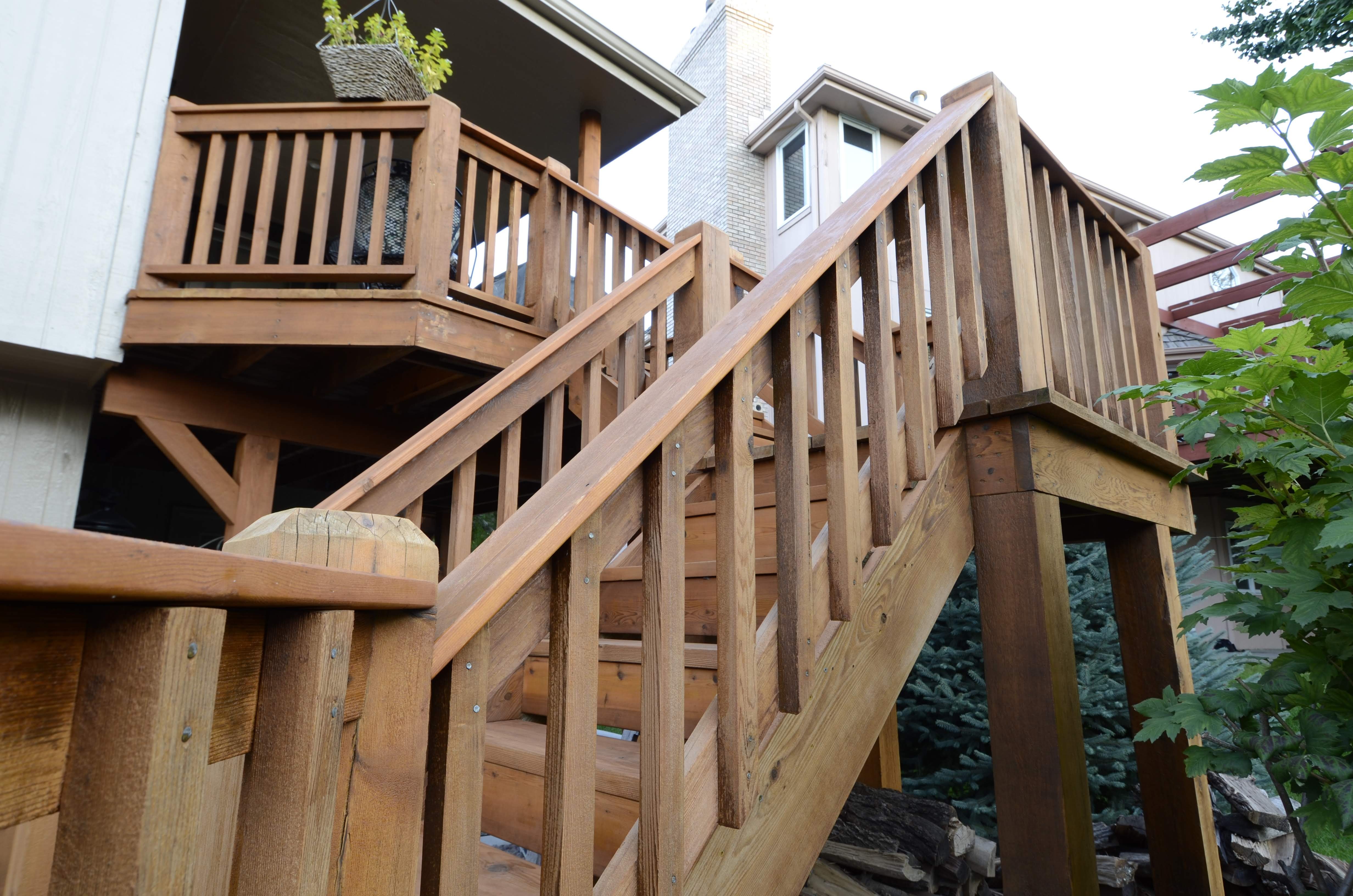
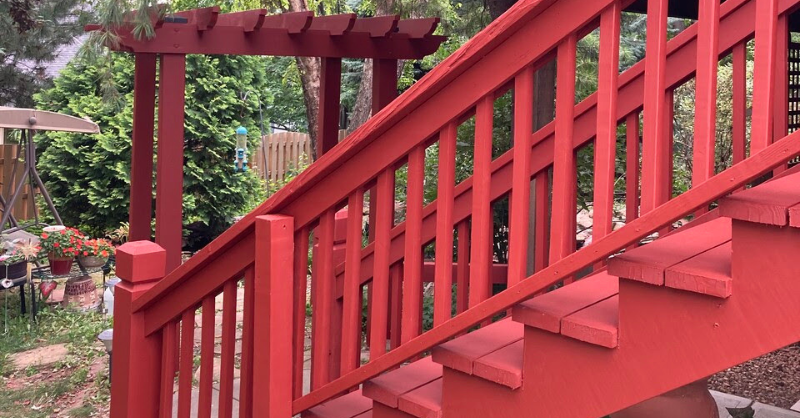
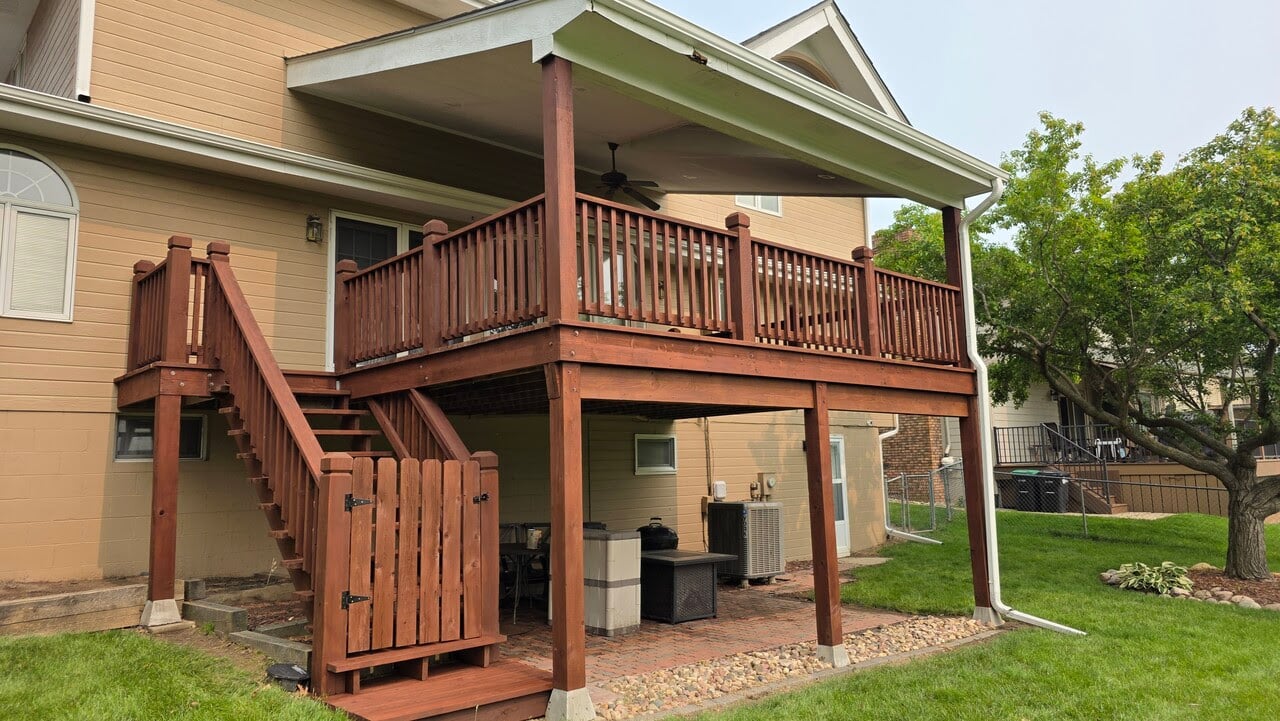
-Nov-06-2024-10-28-07-6666-PM.png?width=800&height=418&name=Blog%20Post%20Image%20Size%20(3)-Nov-06-2024-10-28-07-6666-PM.png)
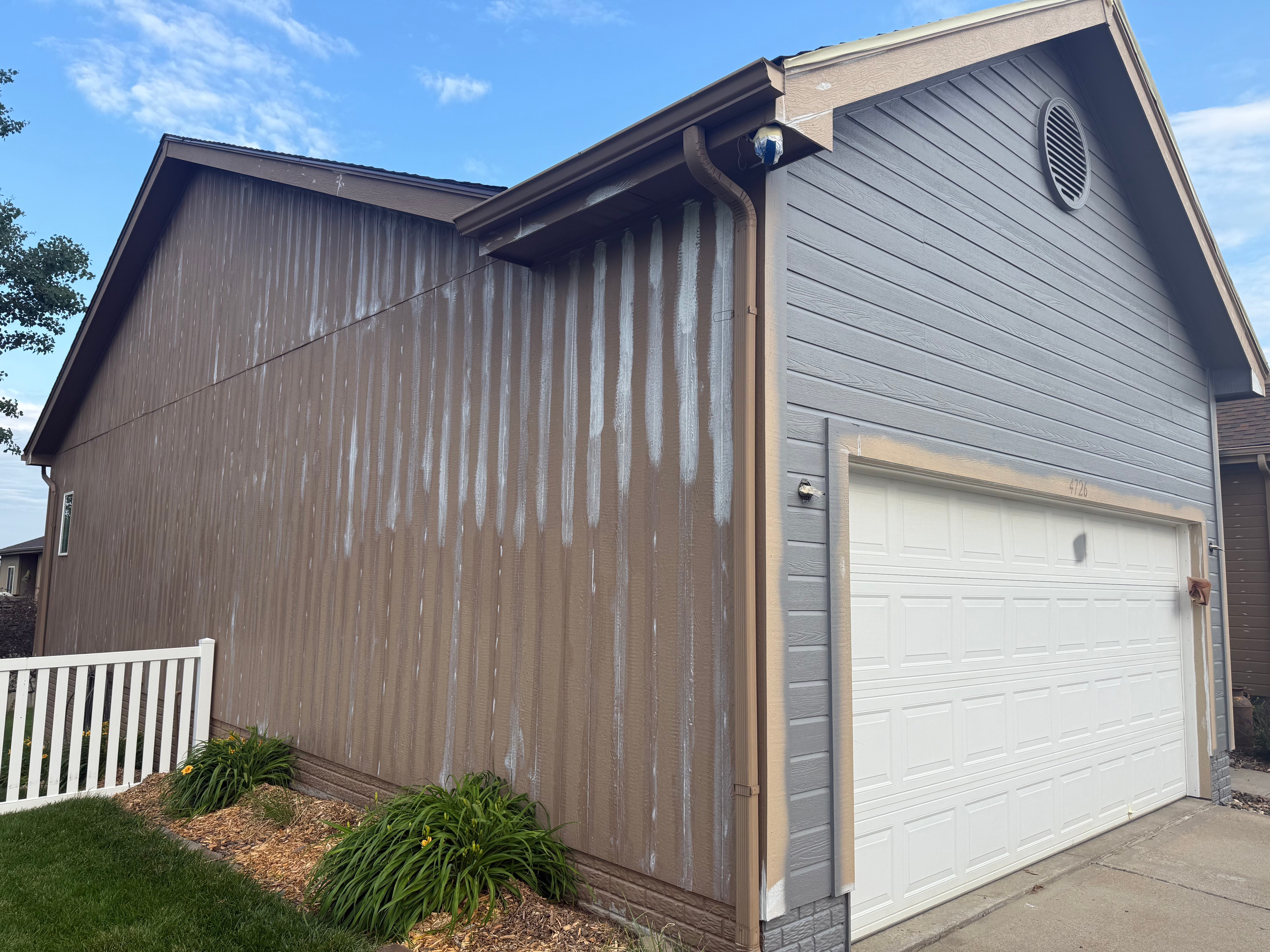
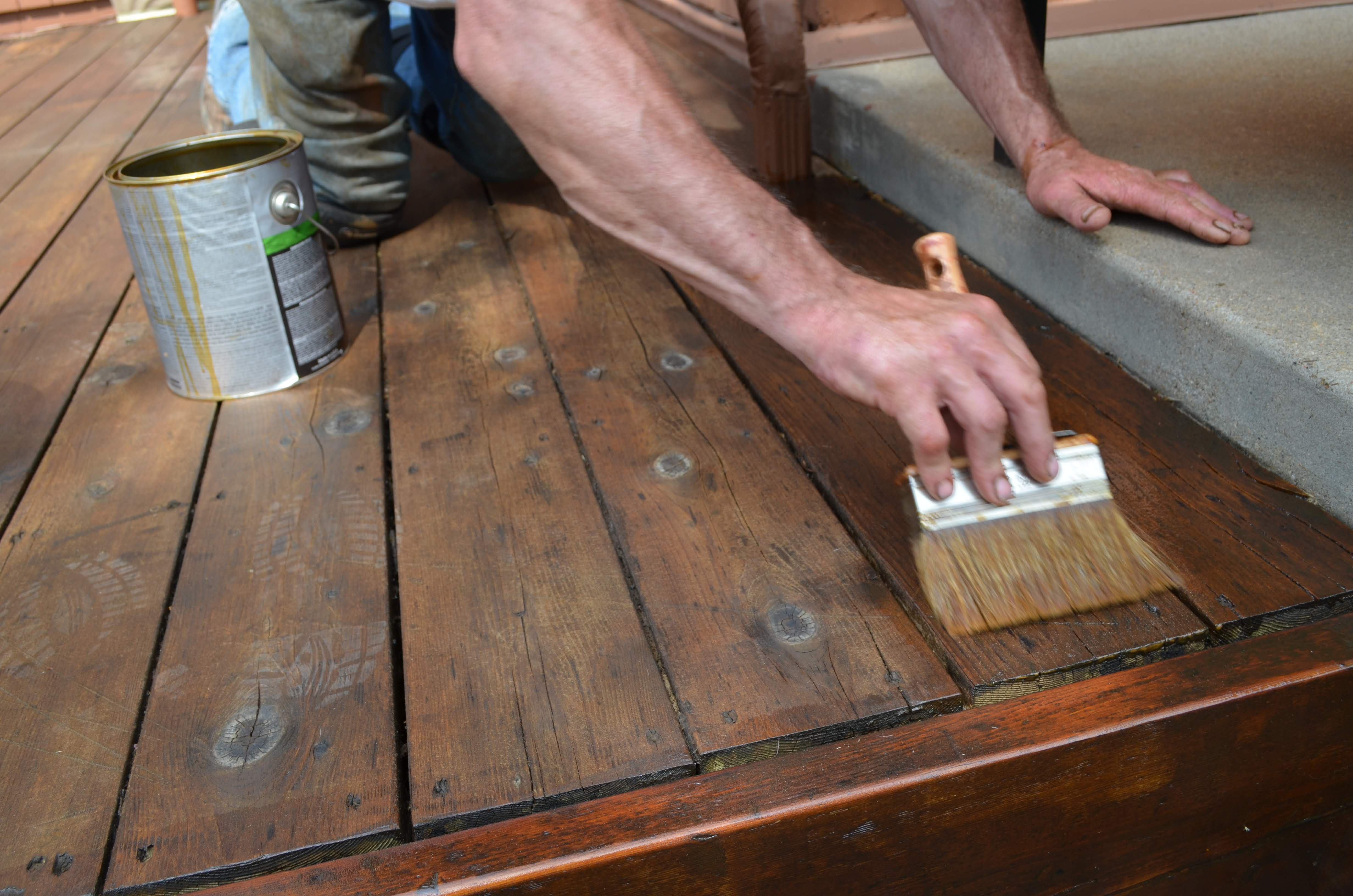
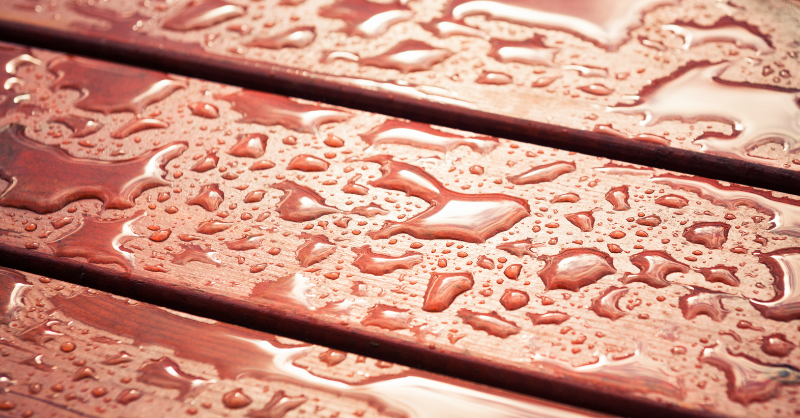
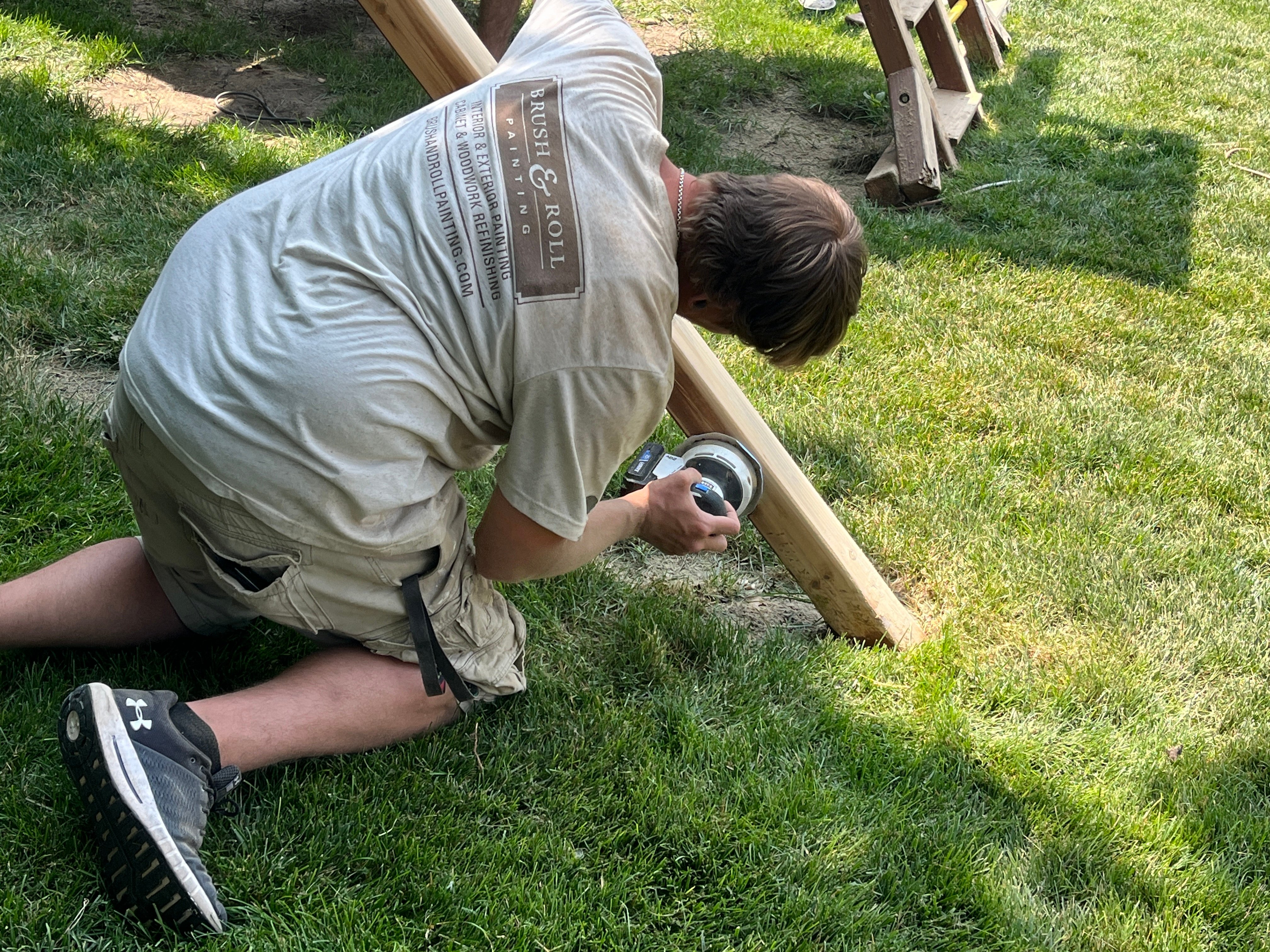
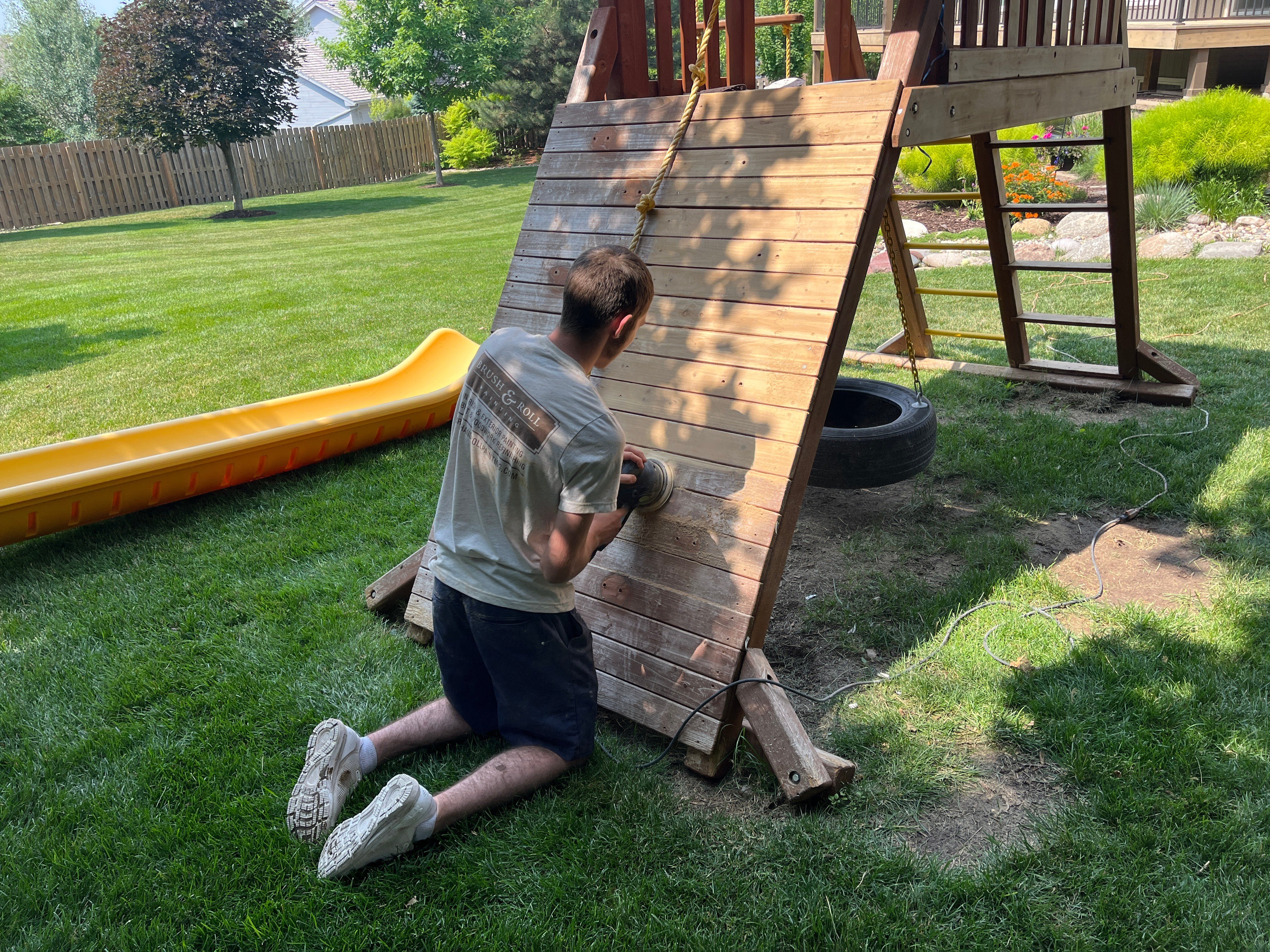
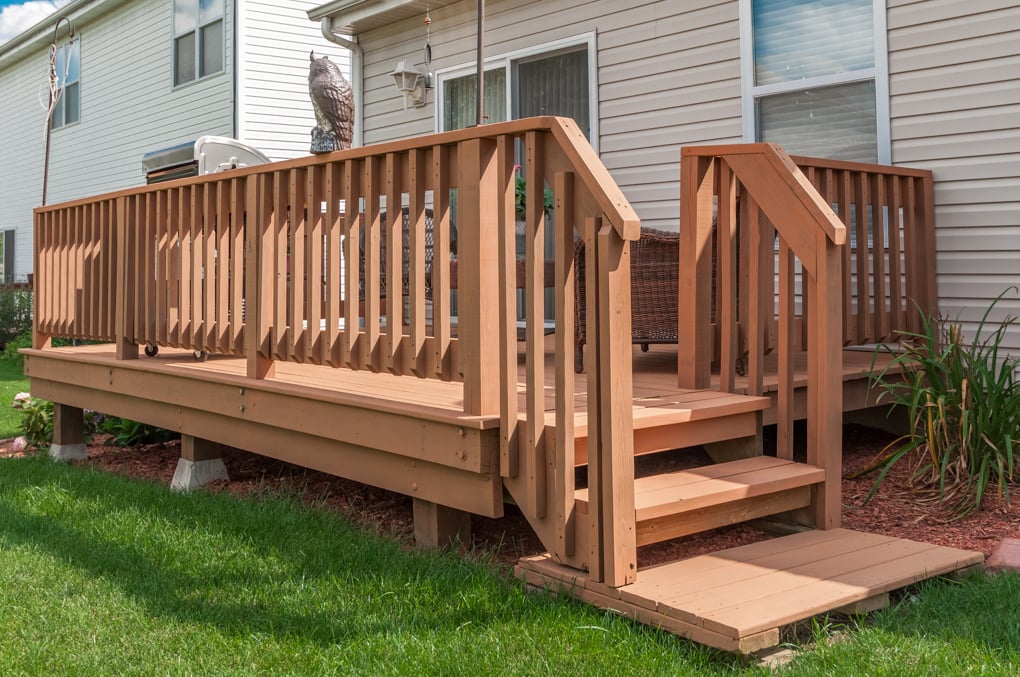
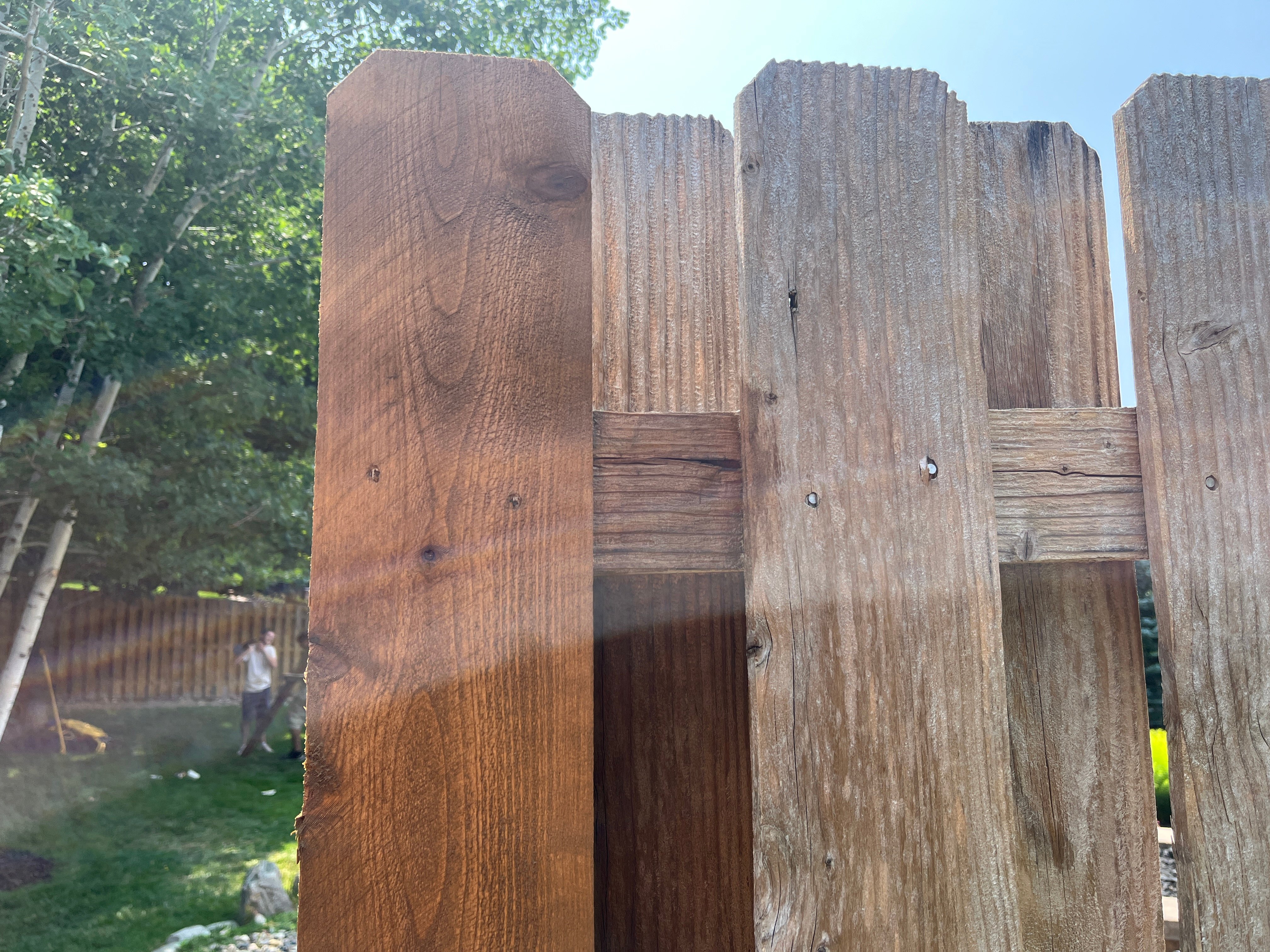
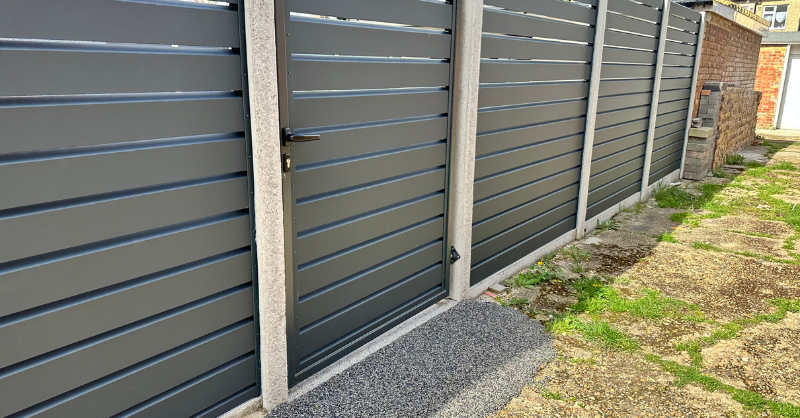
-Apr-25-2025-01-50-55-6617-PM.png?width=800&height=418&name=Blog%20Post%20Image%20Size%20(1)-Apr-25-2025-01-50-55-6617-PM.png)
